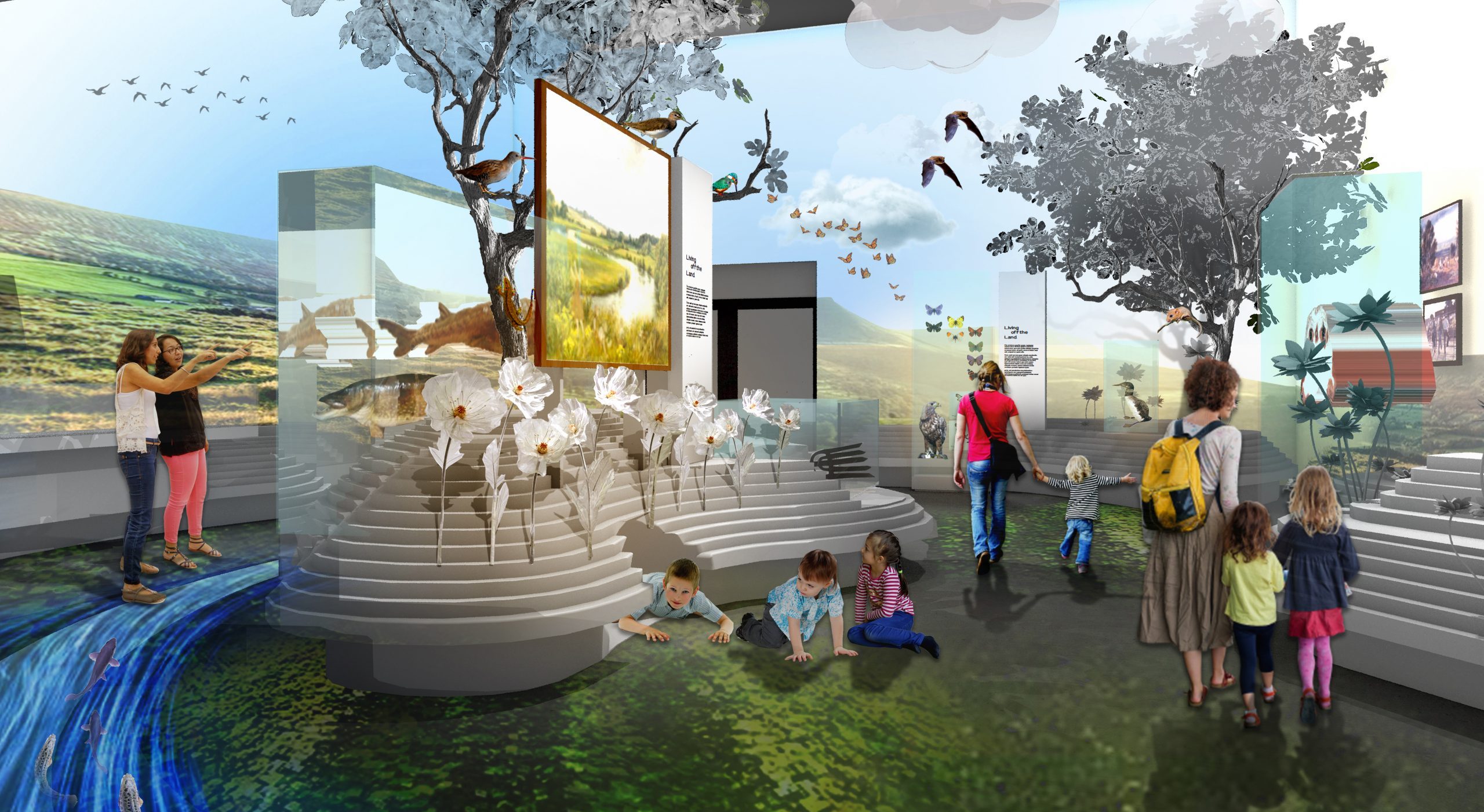Hereford Museum closes ahead of major redevelopment

The Herefordshire Hoard, one of the most significant early medieval treasures ever discovered in Britain, is to go on display at Hereford Museum and Art Gallery when it reopens in 2025 following a multimillion pound renovation.
The National Lottery Heritage Fund has announced a £5m award towards the redevelopment of the Grade II-listed building, which is now closed to the public. The project has also received £8m from Herefordshire Council and £5m from the Stronger Towns Fund.
Plans include the introduction of eight new galleries and display areas; a temporary exhibition space; the restoration of the historic Woolhope Club Room; and new commercial areas, including a roof-top cafe.
A viewing beacon and roof terrace will be accessible from the fifth floor courtyard space, providing 360-degree views over the city and surrounding Herefordshire landscape.
The project is part of plans to enhance the city’s cultural offer – with the treasure hoard acting as a major draw for tourists.
The treasure was discovered by metal detectors in 2015 who tried to illegally sell items and were later given lengthy prison sentences for theft. Valued at £776,250, the hoard was purchased by Herefordshire Council last year and is being looked after by Herefordshire museum service in a temporary home at Hereford’s Museum Resource and Learning Centre.
The hoard includes a gold arm bangle with beast head clasp, a pendant made from a sphere of rock crystal mounted in gold, a gold octagonal ring with black inlay and 29 rare coins mostly of Alfred the Great of Wessex and Ceolwulf II of Mercia. It is thought to have been buried around 878, perhaps as part of a high-status Viking hoard.
“We are looking forward to building an institution for the 21st century that celebrates diversity, fosters creativity and sparks curiosity,” said Damian Etheraads, the museum and gallery lead at Herefordshire Council. “The new museum and art gallery will transform Herefordshire’s cultural landscape by putting people, the environment and sustainability at the heart of what we do.”
Hereford Museum and Art Gallery opened in 1874 as a purpose-built Victorian Gothic library and museum. Today, health and safety restrictions have limited access to large parts of the building, making it increasingly difficult to operate as a public venue.
